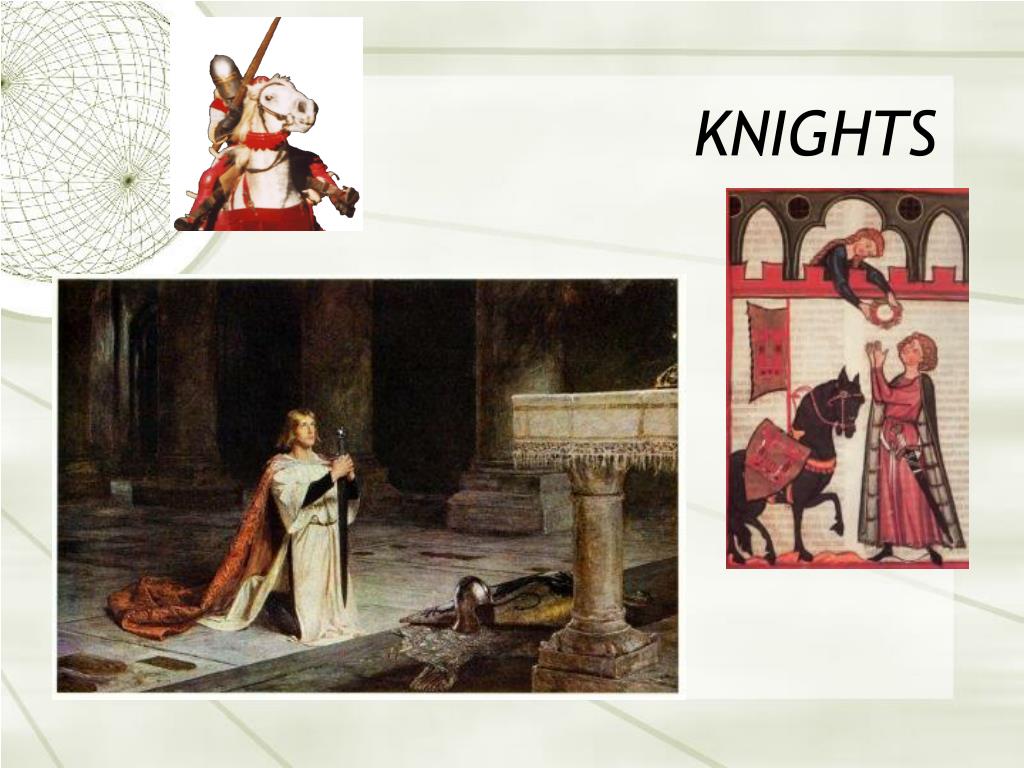
The Reiters A cavalry force of German and Dutch mercenaries who were famous for their skill with firearms and who served in the armies of many European states during the 16th and 17th centuries. The Landsknechts A German mercenary force that served in the armies of numerous European powers during the 16th century. The Swiss Guard A mercenary unit composed of Swiss soldiers that has served as the personal guard of the Pope since the 16th century.
#Medieval europe knights payment free#
The Free Company – A group of mercenaries who roamed throughout France and Italy during the late 14th and early 15th centuries, sometimes fighting for French or English factions. The Black Band A Scottish mercenary company that fought in France during the Hundred Years’ War. The Catalan Company A band of Catalan mercenaries who fought in the service of the Byzantine Empire in the 14th century. The Great Company A mercenary army composed of mostly German and English soldiers that ravaged southern France and northern Italy in the 14th century. The White Company An English mercenary company that operated in France during the 14th century, famously depicted in the novel “The White Company” by Sir Arthur Conan Doyle.

List of Famous Medieval Mercenary Companies After his death, he was honored with a lavish tomb in Florence, where he had spent much of his career. He was also known for his flamboyant lifestyle, and was said to have amassed a large fortune during his time in Italy. Hawkwood was a skilled military commander and was known for his tactical expertise on the battlefield. One example is Sir John Hawkwood, an English mercenary who fought for various Italian city-states in the late 14th century.

Yes, there were several mercenary knights who became quite wealthy and famous during the medieval period. Sir Roger de Flor A Catalan knight who served as a mercenary for various European powers in the 14th century, he was known for his military skill and his loyalty to his employers. Sir John Talbot An English knight who fought in the Hundred Years’ War and served as a mercenary for the French, he was known for his military leadership and his bravery in battle. Sir Bertrand du Guesclin A French knight who fought in the Hundred Years’ War and served as a mercenary for various European powers, he was known for his military skill and his loyalty to the French crown. Sir Geoffrey de Charny A French knight who fought in the Hundred Years’ War and served as a mercenary for various European powers, he was known for his chivalry and his skill with the lance. Sir Robert Knolles An English knight who fought in the Hundred Years’ War and served as a mercenary for various European powers, he was known for his military skill and his ruthlessness in battle. Sir Thomas de Multon An English knight who fought in the Hundred Years’ War and served as a mercenary for the French, he was known for his bravery and his skill with the lance. Sir John Chandos An English knight who fought in the Hundred Years’ War and served as a mercenary for the French, he was known for his chivalry and military leadership. Sir Hugh Calveley An English knight who fought in the Hundred Years’ War and served as a mercenary for various European powers, he was known for his skill in battle and his loyalty to his employers. Sir William Wallace A Scottish knight who fought for Scottish independence in the late 13th and early 14th centuries, he was known for his bravery and military skill. Sir John Hawkwood An English mercenary who fought in Italy during the 14th century, he was known as one of the most successful commanders of his time. It’s important to note, however, that this is a very rough estimate, and the true value of a florin in modern terms would depend on a number of factors, including the time period, location, and economic conditions.įamous Mercenary Knights of the Medieval Period Three florins would, of course, be worth three times that amount, or between 90 and 300 USD in today’s money, depending on the specific circumstances. “Mercenary knights were often viewed with suspicion and disdain by the nobility, who saw them as lacking in honor and loyalty.” David Nicolle, military historian and author of numerous books on medieval warfare. Therefore, one florin could be roughly equivalent to a day’s wage for a skilled laborer or tradesman in modern times. However, as a rough estimate, we can use a currency converter that takes into account the purchasing power of different currencies over time.Īccording to one such converter, one florin from the 14th century, which was a common coin in Europe, could be worth roughly between 30 and 100 USD in today’s money, depending on the year and location.


 0 kommentar(er)
0 kommentar(er)
